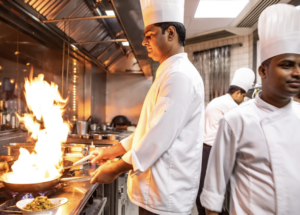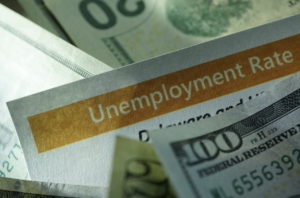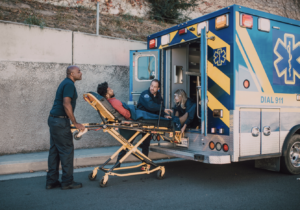Ads
This week, an exciting and essential mission is set to take place as SpaceX partners with NASA for the Crew-9 voyage to the International Space Station (ISS). The mission, originally planned as a routine trip to the ISS for NASA astronaut Nick Hague and Roscosmos cosmonaut Aleksandr Gorbunov, has now been transformed into a critical rescue mission.
The Crew-9 mission is scheduled to launch on Thursday, September 26th, with Hague and Gorbunov onboard. Initially, the crew was supposed to include mission experts Zena Cardman and Stephanie Wilson. However, in a surprising turn of events, Wilson and Cardman were replaced by NASA astronauts Butch Wilmore and Suni Williams.
The decision to switch crew members was made to address a pressing issue – Wilmore and Williams were stranded on the ISS, unable to return to Earth due to a malfunction with Boeing’s Starliner capsule. The Starliner, which was meant to transport the astronauts back home, experienced technical difficulties, including helium leaks in the propulsion system and thruster failures, during the Crew Flight Test (CFT) – the first astronaut mission for the spacecraft.
In light of these issues, NASA conducted extensive tests and evaluations to determine the safety of using the Starliner for the return journey. Despite efforts to rectify the problems, it was deemed too risky to send Wilmore and Williams home on the spacecraft. As a result, the decision was made for the Crew-9 mission to retrieve them in February 2025, after spending eight months in space.
The challenges faced with the Starliner capsule are not new. The spacecraft encountered software glitches during its first uncrewed flight test in 2019, which prevented it from reaching the ISS. A subsequent uncrewed orbital flight test in 2022 was delayed but successfully completed, raising hopes for its use in crewed missions. However, the recent malfunctions highlighted the need for further improvements in the Starliner’s systems.
NASA’s priority has always been the safety of its astronauts, a commitment that was reaffirmed during the Crew-9 mission. The decision to keep Wilmore and Williams on the ISS while returning the Starliner uncrewed was grounded in ensuring the well-being of the crew members, echoing lessons learned from past tragedies such as the Challenger and Columbia disasters.
The situation faced by Wilmore and Williams is not unique, as NASA has encountered similar scenarios in the past. One such example was astronaut Frank Rubio’s experience during Expedition 68, where he was stranded on the ISS due to a coolant leak on his Soyuz spacecraft. Rubio set a U.S. record for the longest stay in space while awaiting a new Soyuz capsule for his return journey.
As the Crew-9 mission approaches, it is poised to make history in more ways than one. Not only will it mark a pivotal rescue mission for the stranded astronauts, but it will also be a landmark launch from Space Launch Complex-40 (SLC-40) at Cape Canaveral Space Force Station in Florida. Additionally, Nick Hague’s participation in the mission will be significant as he becomes the first active U.S. Space Force Guardian to launch since the branch’s establishment in 2019.
The challenges and complexities surrounding the Crew-9 mission serve as a reminder of the risks and uncertainties inherent in space exploration. Nevertheless, the determination and dedication of all those involved in the mission underscore the importance of prioritizing safety and ensuring the well-being of astronauts. As Crew-9 prepares for its voyage to the ISS, the world will be watching with anticipation and admiration for the courage and resilience of the crew members embarking on this critical mission.






